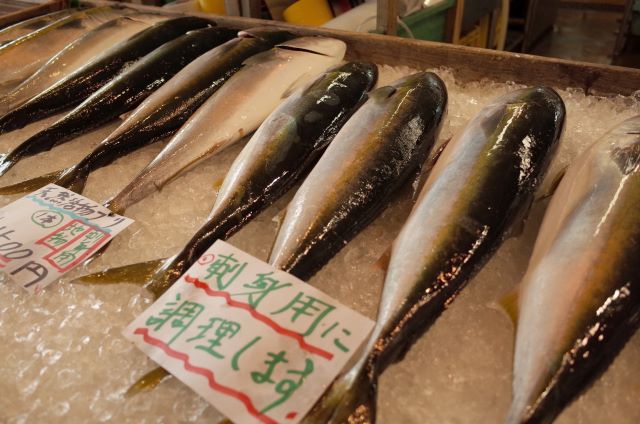
Fish is not only cooked and eaten as grilled or boiled fish but also eaten raw as sushi or sashimi. Naturally, the way to eat fish depends on individual tastes. But in fact, the way we eat fish depends on the time frame after we catch it.
Fish that is still alive or freshly dead is ideal for sashimi. In this case, you should enjoy the elasticity of the flesh, or texture, rather than the umami of the fish. Only the freshest fish is suitable for sashimi. The fish will go rigor mortis within a few hours at the earliest, and within a few days at the latest. The period leading up to rigor mortis is the time when the umami component increases, making it ideal for sushi.
On the other hand, the flesh becomes softer, so it is the sushi chef’s job to find the right balance between the umami and the chewiness of the fish. Of course, for those who prefer fish with more umami, it can also be served as sashimi. The rigor mortis of the fish is eventually dissipated and it gradually begins to decompose, so it is consumed as sashimi or sushi until a certain point in time.
The chef’s job is to determine when the fish cannot be used as sashimi or sushi. After that, the fish will be consumed as grilled or boiled fish. Eventually, the color, taste, and aroma of the fish will change dramatically, and it will reach the so-called putrefied state, making it inedible. The chef’s job is to determine when the fish cannot be used as sashimi or sushi. After that, the fish will be consumed as grilled or boiled fish. Then the color, taste, and aroma change dramatically, and the fish reaches the so-called putrefied state and becomes inedible.
A variety of conditions exist before rigor mortis sets in. Ideally, the fish should be properly processed and cooled as soon as possible after it is caught. Without this, rigor mortis will set in immediately, shortening the time until the rigor mortis is dissipated and speeding up the decomposition process. In other words, it will affect the length of time the fish can be enjoyed.
It is difficult to judge whether fish can only be used for grilled or boiled fish. It is not a simple matter of how many hours after the fish has died. Even if the fish is in sushi or sashimi grade, you can imagine that some are in good condition, and others can only be used almost exclusively for grilling or boiling.
Look around the world and you will see fish being sold around fishing ports as soon as they return from fishing. The fish is truly freshly caught and could not be fresher. Usually, the fish is cooked by dinner at the latest, so the loss of freshness is not a concern at all. People call fish in this state very fresh. To be more precise, it takes a few hours from the time the fisherman catches the fish to the time it is on the market, or at most 12 hours before it is served for dinner. This is what we call sushi or sashimi grade. However, because the fish is not caught in large quantities, it is not distributed to supermarkets in urban areas. This is limited to fishing with small boats.
Large vessels use large nets and other equipment to catch large numbers of fish. When the nets are raised on deck, many of the fish are live. They are quickly sorted, cooled with ice or other means, and placed in refrigerated or frozen storage. Some of the larger fish are stored after Ikejime, etc. Once fishermen go out to fish, they are not allowed to return for at least three days and as long as several months.
Although refrigeration and freezing technology have advanced considerably, freshness is not the same when the fish is caught as it is when it returns to the fishing port. And by the time the fish reaches the supermarket, which is a long way from the fishing port, it is arguably even less fresh. It has already been almost 24 hours since the fishermen caught the fish. It will then spend several days in the supermarket enduring temperature changes and drying out. One wonders if this can be called sushi or sashimi-grade fish.
So far, we think you can understand that this is a typical situation in countries other than Japan.
The situation in Japan is a bit different.
Regardless of the size of the boat, the fish are not allowed to get out of control, Ikejime and other processing is done. And cooling is always done. That is what even the average fisherman does as a matter of course. In other words, it is recognized that keeping fish fresh means delaying the time until rigor mortis.
On top of that, a distribution system has been established to deliver the caught fish to markets and restaurants while keeping them alive. Not only are the fish kept alive, but the know-how to reduce stress during fishing and transportation is shared among fishermen. For example, fish are transported by truck to the consumption area in a state of suspended animation to prevent them from getting out of control. In other cases, fish are not shipped immediately from the fishing port, but are allowed to calm down in a fish tank. By trying to keep the fish as close as possible to the state in which they were swimming in the sea, the fish can recover their original amount of adenosine triphosphate. This is because adenosine triphosphate is the source of umami, which eventually converts to inosinic acid.
In other words, a system is in place to distribute fresher and tastier fish. As a matter of course, it is safe to say that the fish is delivered from the fishing port to the place of consumption and then displayed in supermarkets within 12 hours.
The minimum requirement is that the fish must be usable for sashimi. The words sushi or sashimi grade do not exist in the market. Who caught the fish? What time and minute it was caught? How was it processed? Whether the fish was caught by fishing or by netting, and other details are required. These things change the price of the fish in the market.
In summary, there is no legal definition of sushi or sashimi-grade fish. When seafood is labeled as sashimi grade, it means that the seller, such as a supermarket, has determined that the fish is suitable for sushi or sashimi, based on its evaluation of criteria such as bacteria levels, temperature, parasites, appearance, odor, taste, display method, and time since catch. It is very vague and does not state that they are responsible for any problems that may occur, such as food poisoning. In the extreme, it is merely a marketing term for sales promotion purposes. Above all, they say nothing about actual quality or taste.
[sc_apply url=”https://sushiuniversity.jp/apply/”]
We hope this information will be helpful.

Revision date: March 1, 2024
Share this article
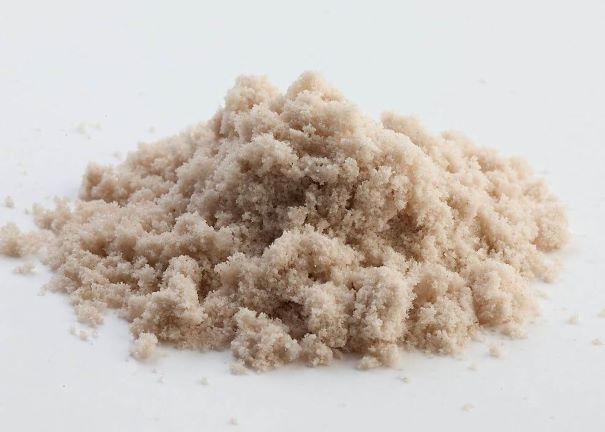

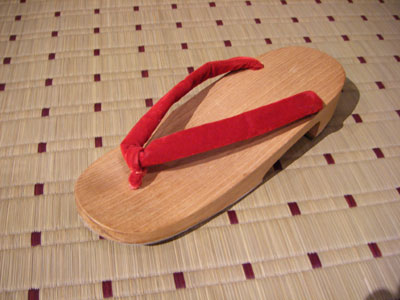
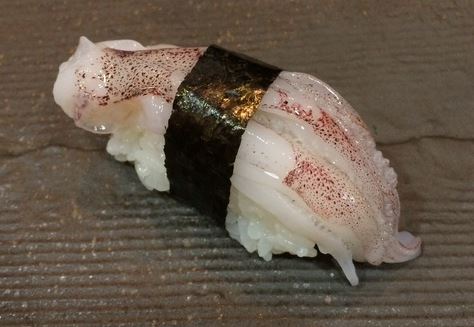
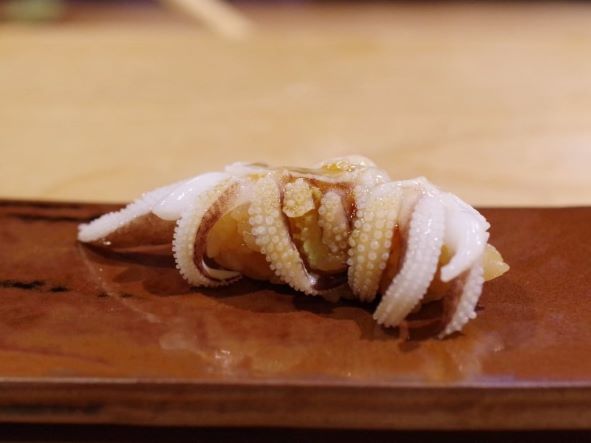
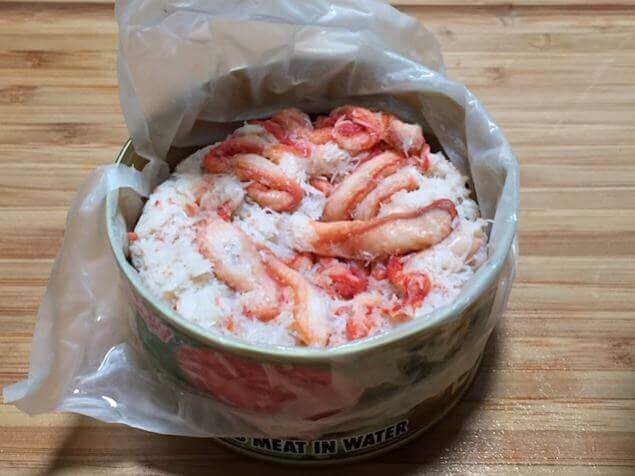
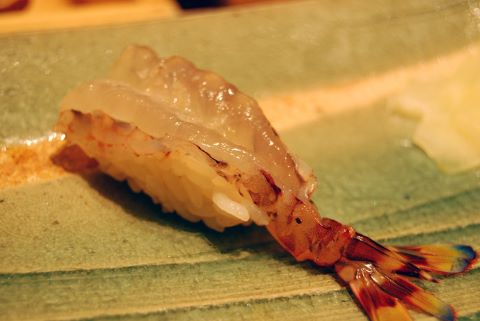
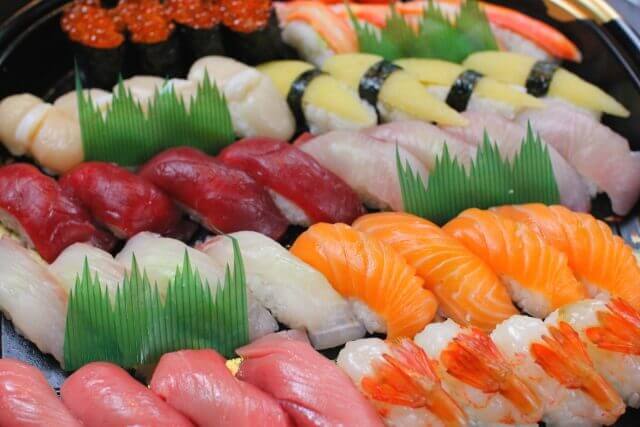
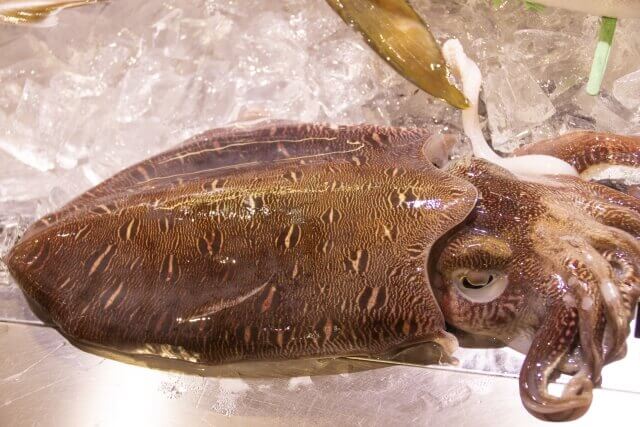 No people in the world love squid more than the Japanese. Squid ranks third in import volume behind shrimp and tuna. Squid is brought to Japan from the oceans all over the world. There are between 400 and 500 species of wild squid on Earth. Some, like the pygmy cuttlefish, are tinier than 3 millimeters while the giant squid is over 10 meters.
No people in the world love squid more than the Japanese. Squid ranks third in import volume behind shrimp and tuna. Squid is brought to Japan from the oceans all over the world. There are between 400 and 500 species of wild squid on Earth. Some, like the pygmy cuttlefish, are tinier than 3 millimeters while the giant squid is over 10 meters.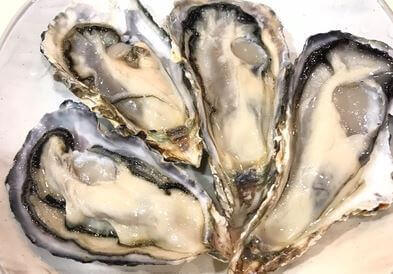 It’s won’t hurt you to eat Magaki (Japanese oyster), which has its spawning season in the summer, but in the months with no R in the name, the glycogen concentration is low, so you can’t get the full-bodied texture that you get in winter. In addition, almost all amino acids such as glutamic acid, glycine, alanine, arginine, which are important components for delicious flavor, are known to accumulate from winter through spring, and conversely, they decrease in the summer, which is the spawning season. You cannot expect the same deliciousness from oysters in summer as you can from months that contain the letter R.
It’s won’t hurt you to eat Magaki (Japanese oyster), which has its spawning season in the summer, but in the months with no R in the name, the glycogen concentration is low, so you can’t get the full-bodied texture that you get in winter. In addition, almost all amino acids such as glutamic acid, glycine, alanine, arginine, which are important components for delicious flavor, are known to accumulate from winter through spring, and conversely, they decrease in the summer, which is the spawning season. You cannot expect the same deliciousness from oysters in summer as you can from months that contain the letter R. For example, every Frenchman knows that
For example, every Frenchman knows that 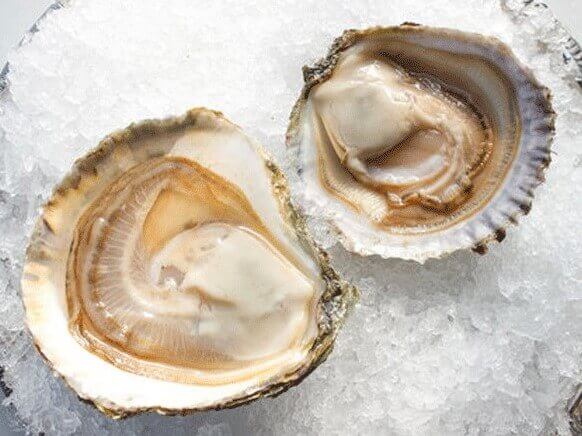 Famous for its Belon brand name, the oyster native to Europe has a flat, rounded shell. It belongs to the genus Ostrea. To be honest, Belon oysters aren’t sweet and don’t have a distinguished flavor compared to Japanese oysters, and the salty fragrance of the sea is dulled, so it can seem less flavorful.
Famous for its Belon brand name, the oyster native to Europe has a flat, rounded shell. It belongs to the genus Ostrea. To be honest, Belon oysters aren’t sweet and don’t have a distinguished flavor compared to Japanese oysters, and the salty fragrance of the sea is dulled, so it can seem less flavorful.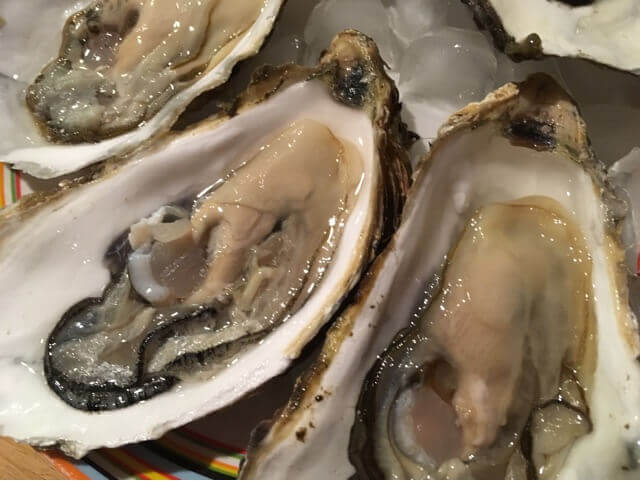
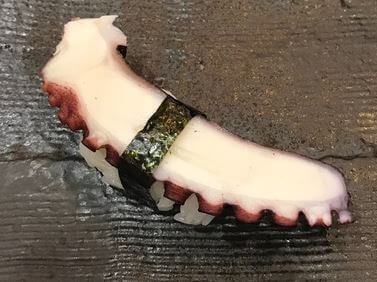 Among the many sushi toppings, Pacific bluefin tuna, and actually the Madai (Red sea bream) as well, are toppings that are difficult for an amateur to tell whether it is farmed or wild. However, there is no need to worry about that when it comes to Tako (Octopus). There are no octopus farms to be found in the world, so it is a 100% wild topping.
Among the many sushi toppings, Pacific bluefin tuna, and actually the Madai (Red sea bream) as well, are toppings that are difficult for an amateur to tell whether it is farmed or wild. However, there is no need to worry about that when it comes to Tako (Octopus). There are no octopus farms to be found in the world, so it is a 100% wild topping.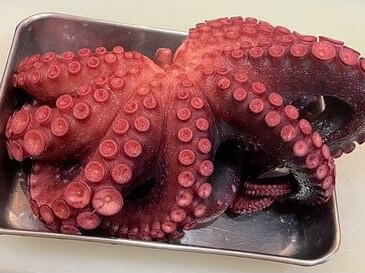 Amateurs can’t tell the difference between domestic Tako or African imports. However, there is one aspect that even an amateur can use to distinguish between the two. There is one condition for this to work, and that is that at least one of the suckers is in-tact. The suckers are scraped off for most toppings, but in cases where they are sliced by the restaurant, there are often suckers remaining. If the sucker is pure white, it is almost definitely from Africa. Meanwhile, domestic Tako suckers maintain a faint red color in the suckers, even when boiled. The reason the suckers turn white seems to be an effect of the food preservatives added during processing, but this has not been confirmed.
Amateurs can’t tell the difference between domestic Tako or African imports. However, there is one aspect that even an amateur can use to distinguish between the two. There is one condition for this to work, and that is that at least one of the suckers is in-tact. The suckers are scraped off for most toppings, but in cases where they are sliced by the restaurant, there are often suckers remaining. If the sucker is pure white, it is almost definitely from Africa. Meanwhile, domestic Tako suckers maintain a faint red color in the suckers, even when boiled. The reason the suckers turn white seems to be an effect of the food preservatives added during processing, but this has not been confirmed.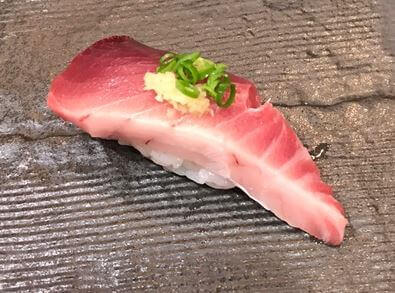 Toro is an absolute at sushi restaurants and it’s only natural to aspire to such a position. That’s why there are so many sushi dish names that start with “Toro”. The most laissez-faire of these is Toro salmon. In this case the definition of Toro is ignored in an attempt to promote sales. Just as bad is Toro katsuo (pronounced “Toro-gatsuo” in Japanese).
Toro is an absolute at sushi restaurants and it’s only natural to aspire to such a position. That’s why there are so many sushi dish names that start with “Toro”. The most laissez-faire of these is Toro salmon. In this case the definition of Toro is ignored in an attempt to promote sales. Just as bad is Toro katsuo (pronounced “Toro-gatsuo” in Japanese).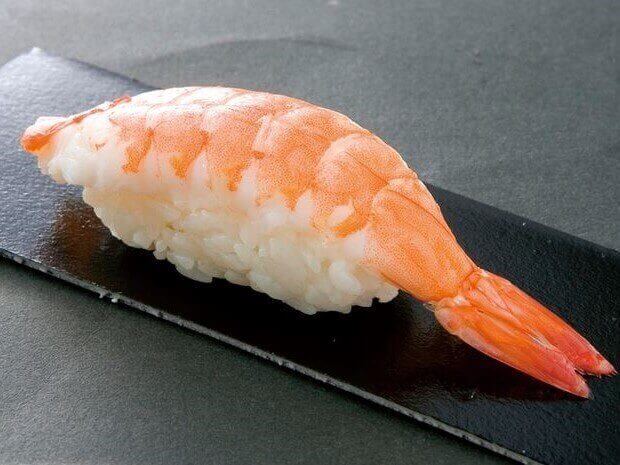 Japan leads the world in shrimp consumption by far. Most of the shrimp is imported, but it is a little known fact that shrimp is called “Meki” among importers and sushi restaurants in Japan. It is said to be a remnant from a time when much of the imported shrimp came from Mexico (pronounced “Mekishiko” in Japanese).
Japan leads the world in shrimp consumption by far. Most of the shrimp is imported, but it is a little known fact that shrimp is called “Meki” among importers and sushi restaurants in Japan. It is said to be a remnant from a time when much of the imported shrimp came from Mexico (pronounced “Mekishiko” in Japanese).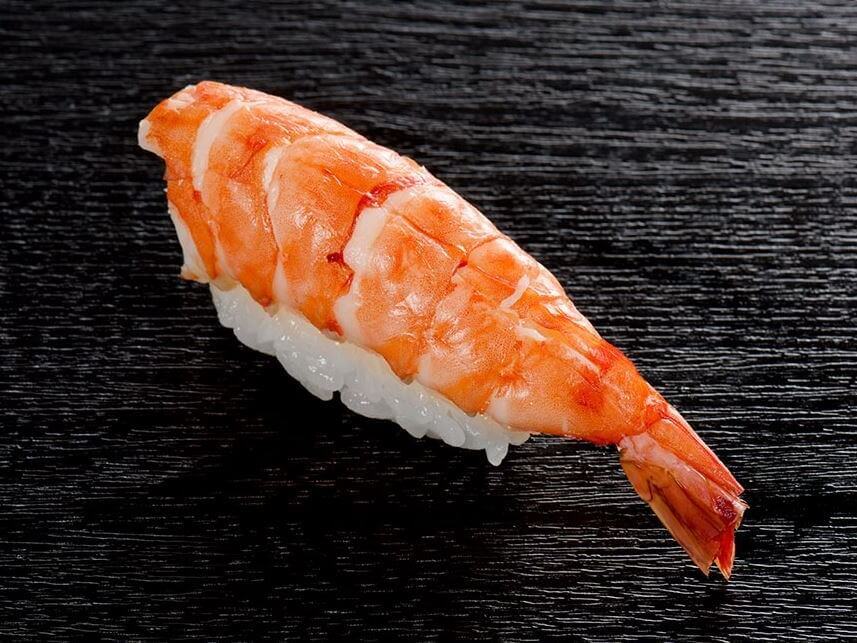
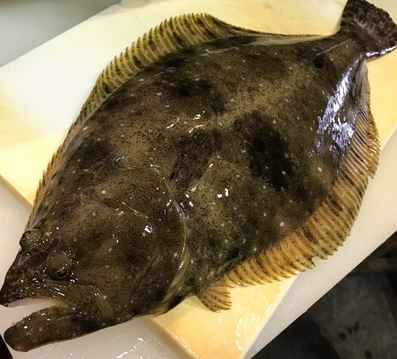 Hirame is a high-quality fish that goes for at least US $50 per kilogram. It can even exceed US $80 per kilogram, depending on the timing and the fish’s body.
Hirame is a high-quality fish that goes for at least US $50 per kilogram. It can even exceed US $80 per kilogram, depending on the timing and the fish’s body.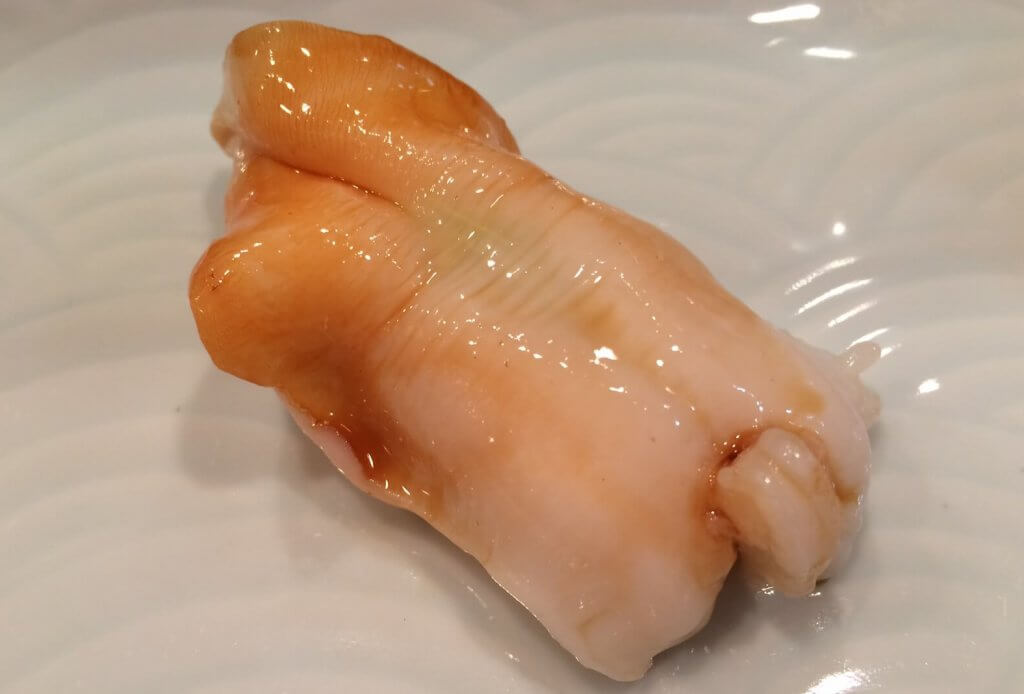 Ishigakigai is a shellfish found from Kashimanada northward, Hokkaido, from the Kuril Islands to the Aleutian Islands and even on the west coast of North America. It lives off of plankton in the shallow sandy mud bottoms of the sea at depths of about 50 meters.
Ishigakigai is a shellfish found from Kashimanada northward, Hokkaido, from the Kuril Islands to the Aleutian Islands and even on the west coast of North America. It lives off of plankton in the shallow sandy mud bottoms of the sea at depths of about 50 meters.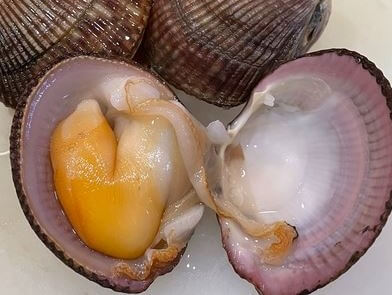 It starts to become common at the market when the Japanese rainy season ends, at the beginning of summer every year, which is around the end of the Torigai season. It then disappears from the market at the end of summer. A number of sushi restaurants start using it as a substitute for Torigai all at the same time, so Ishigakigai nigiri sushi suddenly started appearing on menus. Frankly, it is somewhat conservative as a nigiri topping but is known for the crunchy texture when biting into it. It also has strong sweetness and umami, which goes exquisitely with Shari. The sushi chef slaps the meat in his hand directly before serving to stiffen it–a way to increase the crunchy texture characteristic of shellfish. Naturally this texture is evidence of its freshness.
It starts to become common at the market when the Japanese rainy season ends, at the beginning of summer every year, which is around the end of the Torigai season. It then disappears from the market at the end of summer. A number of sushi restaurants start using it as a substitute for Torigai all at the same time, so Ishigakigai nigiri sushi suddenly started appearing on menus. Frankly, it is somewhat conservative as a nigiri topping but is known for the crunchy texture when biting into it. It also has strong sweetness and umami, which goes exquisitely with Shari. The sushi chef slaps the meat in his hand directly before serving to stiffen it–a way to increase the crunchy texture characteristic of shellfish. Naturally this texture is evidence of its freshness.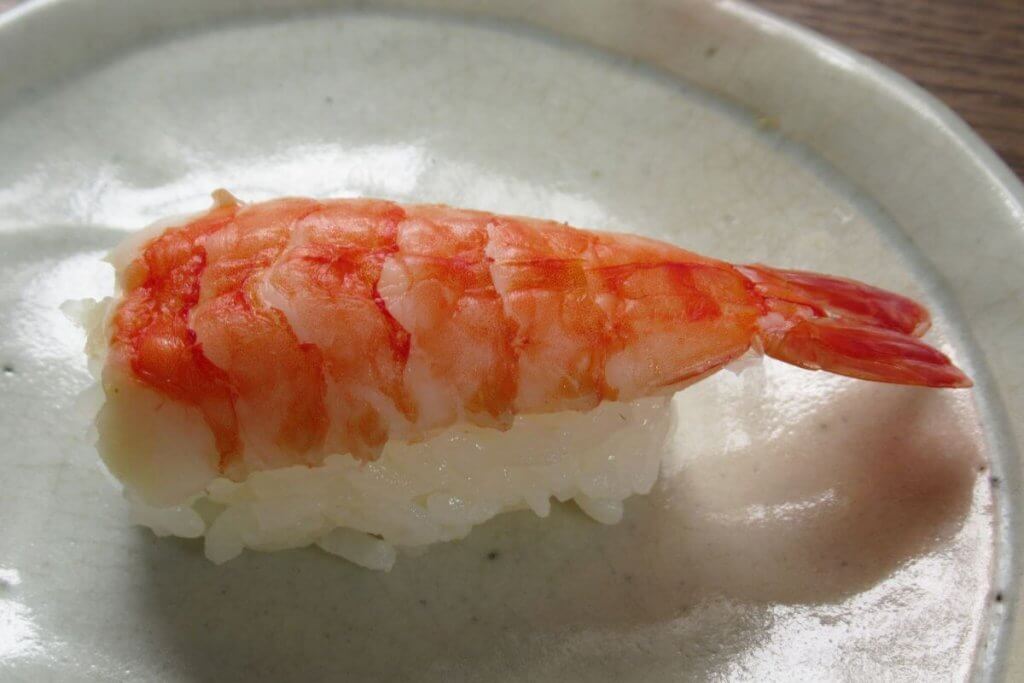 Black Tiger is in the category of the largest shrimp that is part of the Kuruma Ebi family and grows to be up to 30 cm. Black Tiger gets its name from the fact that it looks black before it is heated and has stripes like a tiger. The official name in Japan is “Ushi Ebi” but the reason is unknown. The Black Tiger is cultivated heavily in places like China, Vietnam, Indonesia, Thailand and India. It started to be imported from Taiwan in the 1980s to compensate when Japan’s shrimp consumption could no longer be covered by Kuruma Ebi. At the peak, it accounted for 40% of Japan’s shrimp imports. There is a strong impression of shrimp being imported, but small Black Tiger can actually be caught in Japan from Tokyo Bay southward.
Black Tiger is in the category of the largest shrimp that is part of the Kuruma Ebi family and grows to be up to 30 cm. Black Tiger gets its name from the fact that it looks black before it is heated and has stripes like a tiger. The official name in Japan is “Ushi Ebi” but the reason is unknown. The Black Tiger is cultivated heavily in places like China, Vietnam, Indonesia, Thailand and India. It started to be imported from Taiwan in the 1980s to compensate when Japan’s shrimp consumption could no longer be covered by Kuruma Ebi. At the peak, it accounted for 40% of Japan’s shrimp imports. There is a strong impression of shrimp being imported, but small Black Tiger can actually be caught in Japan from Tokyo Bay southward.